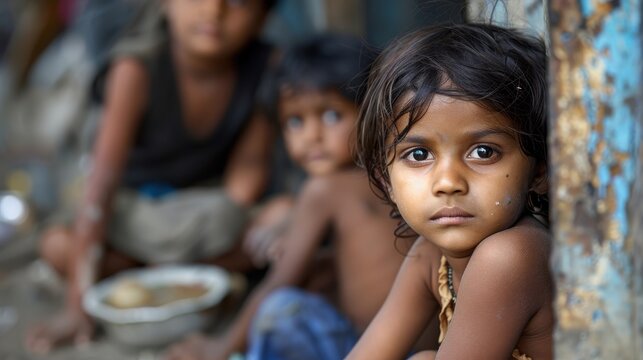A new UNICEF report, Feeding Profit: How Food Environments are Failing Children, warns that South Asia is facing a growing and complex nutrition crisis. While undernourishment and anaemia remain stubbornly common among children and adolescent girls in the region, obesity and overweight are rapidly rising too — placing millions at risk of serious health and development setbacks.
The report shows that since 2000 the number of children aged 5-19 who are overweight in South Asia has increased about five-fold to some 70 million. Obesity among children in that age group has more than doubled in the same period. Meanwhile, alarming levels of undernutrition persist: about one-in-three children under five are stunted (low height for age), one-in-ten suffer from wasting (low weight for height), and one-in-four are born with low birth weight. Anaemia also affects almost half of women and adolescent girls across the region.
Part of what is driving the rise in overweight and obesity is the changing food environment that children grow up in. Schools often offer food services or tuck shops, but the foods sold are more likely to be packaged snacks, fast food, or sugary drinks than fresh, home-cooked meals or fruits and vegetables. A 2023 UNICEF survey of adolescents across five South Asian countries found that nearly half saw food brand logos at their schools and over half said advertising influenced what they ate. Marketing and access to ultra-processed food are reaching even remote areas.
Despite existing programmes that have had successes — like Bhutan’s reduction in child stunting, India’s efforts around industrial trans fats and school food policies, Nepal’s progress in reducing anaemia among women of reproductive age, Bangladesh’s maternal nutrition programmes, and Pakistan’s use of cash transfers for pregnant and lactating women — UNICEF warns that these are no longer sufficient on their own. Policy gaps, pervasive marketing of unhealthy food, weak regulation of food near schools or in school settings, and uneven access to nutritious diets are undermining children’s health.
If action is delayed, the consequences are serious: stunting and low birth weight can have lifelong effects on physical growth, cognitive development, school attainment and productivity. On the other end, the rise in obesity opens the door to increased rates of non-communicable diseases like type-2 diabetes, cardiovascular disease and related morbidities. The economic cost of these health burdens, along with lost human potential, will be large. UNICEF is calling on governments in the region to strengthen health and nutrition services, scale up programmes that make nutritious foods affordable and accessible, enforce stricter rules on marketing and food labelling, limit exposure of children to unhealthy food advertising, especially in and around schools, and empower communities and adolescents themselves to demand healthier environments.
In short, South Asia now faces a “triple threat” of malnutrition: undernutrition, anaemia, and rising obesity. The path forward requires integrated solutions that address all three together rather than treating them separately, coupled with strong political will and regulatory action to reshape the food environments that children live in.




